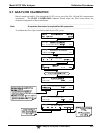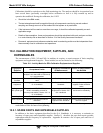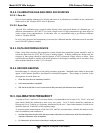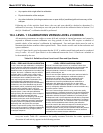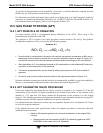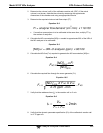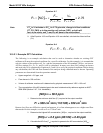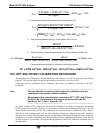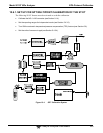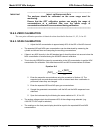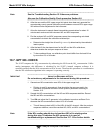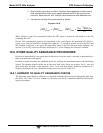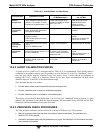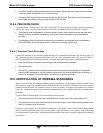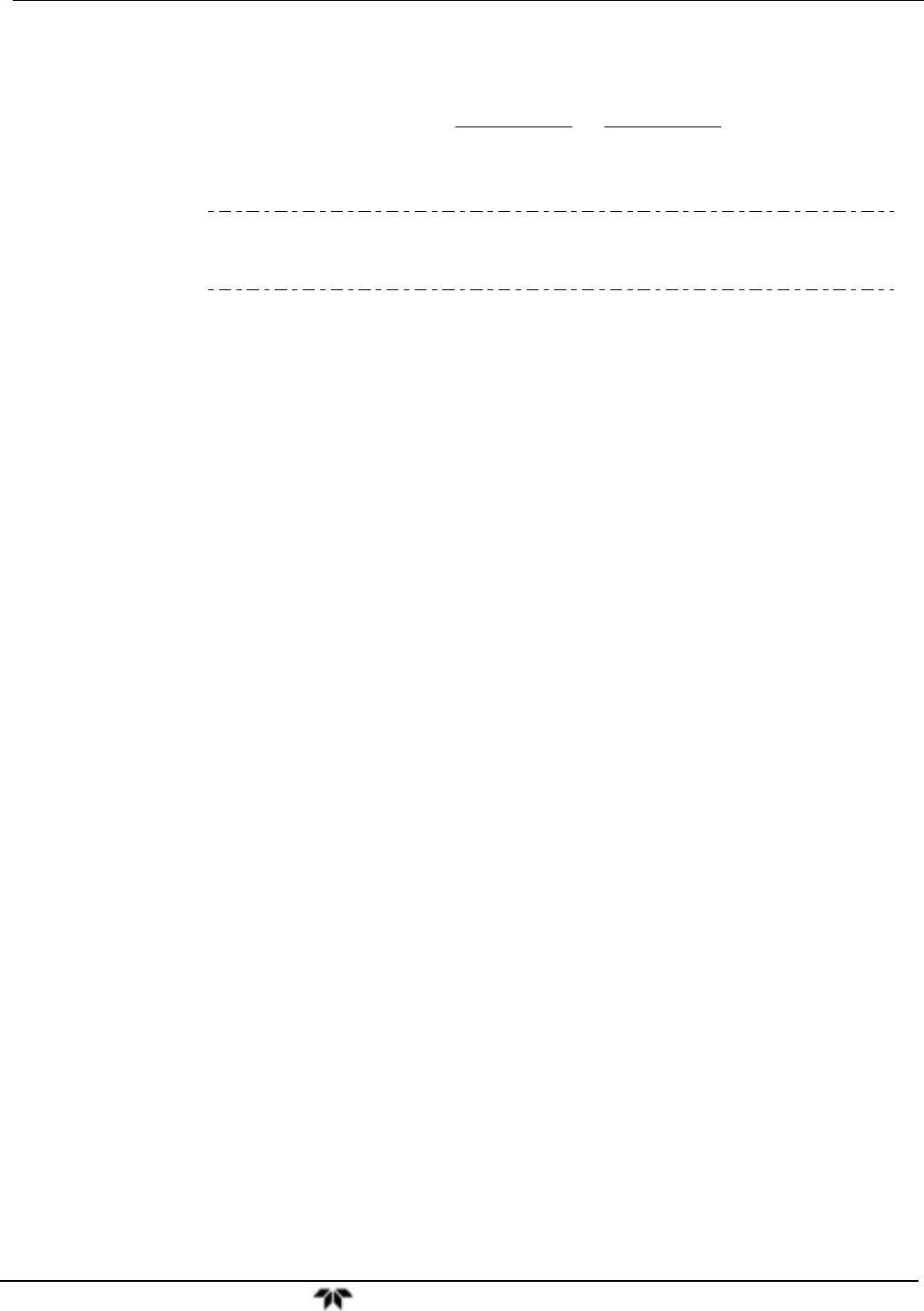
Model 9110T NOx Analyzer EPA Protocol Calibration
Teledyne Analytical Instruments 227
Equation 10-7
75.2
NOO
RC
NOO
NO
STDR
FF
V
FF
F
NOP
Note If T
R
is >2 minutes or if P
R
is <2.75 ppm min, changes in flow conditions
(FT, FO, FNO) or in the reaction cell volume (VRC), or both will
have to be made, and T
R
and P
R
will have to be recalculated.
9. After Equation 10-5 and Equation 10-6 are satisfied, calculate the diluent air flow
(F
D
):
Equation 10-8
NOOTD FFFF
10.5.2.1. Example GPT Calculation
The following is an example calculation that can be used to determine whether an existing GPT
calibrator will meet the required conditions for a specific calibration. For this example, it is assumed that
only the volume of the reaction cell, V
RC
, and the concentration of the NO standard, [NO]
STD
, are known.
All flow settings (F
NO
, F
O
, F
T
, and F
D
) will be calculated. In many uses, these flow settings are known
and need only to be substituted in Equations 8-5 and 8-6 to verify the required conditions. Before doing
any calculations, the URL and flow demand of the analyzer being calibrated must be known. Operating
parameters are determined from the operations manual:
Upper range limit = 0.5 ppm, and
Flow demand = 500 cm3/min.
Volume of calibrator reaction cell is determined by physical measurement: VRC = 180 cm3
The concentration of the NO standard gas to be used is determined by reference against an NIST-
SRM SRM (Section 2.0.7, Q.A. Handbook):
[NO]
STD
= 50.5 ppm
1. Determine the minimum total flow (F
T
) required at the output manifold:
F
T
= 500 cm
3
/min (110/100) = 550 cm
3
/min
Because low flows are difficult to control and measure, it is often advantageous to set a higher total flow
than needed. In this example, we will set F
T
to 2750 cm
3
/min.
2. Determine the highest NO concentration, [NO]
OUT
, required at the output manifold,:
[NO]
OUT
= 0.5 ppm (90/100) = 0.45 ppm
3. Calculate the NO flow (F
NO
) required to generate the NO concentration [NO]
OUT
:




